Scourge of CONTRAILs being attacked by EASA and FAA
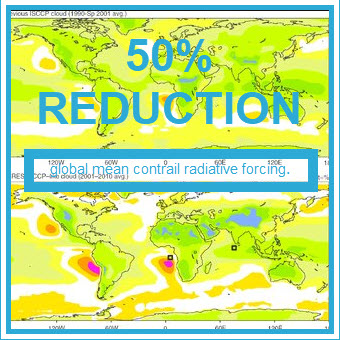
EASA has announced an impressive, multi-discipline, broadly-based consortium to reduce or eliminate the global mean contrail radiative forcing. The safety agency has established a systematic examination (5 WPs) of the phenomena and has brought together
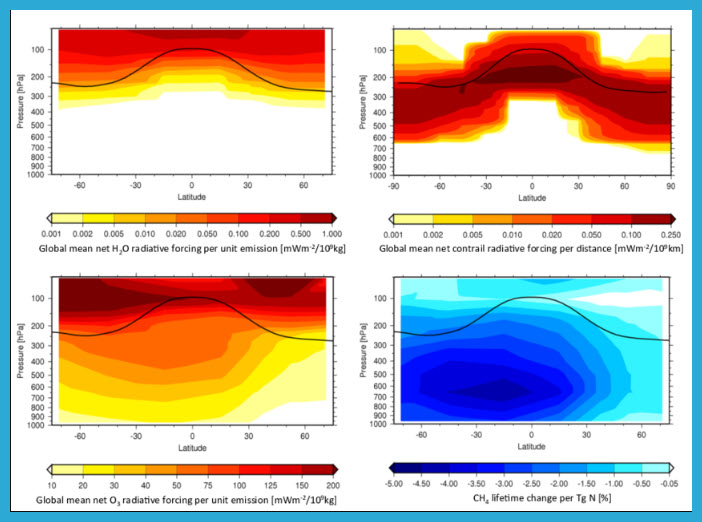
an eight member (all European) consortium. Better Contrail Mitigation (BeCOM) is directed by Advisory Board Members: Eurocontrol, UBA, KLM, FEDERAL AVIATION ADMINISTRATION (FAA). The lead of the project is the Technical University of Delft which already has published a number of first rate analytical papers (see footnote below).
The FAA has issued, with the EPA, a CONTRAILS FACT SHEET which describes in layman terms this meteorological phenomenon. It points to work by Intergovernmental Panel on Climate Change (IPCC) was established by the World Meteorological Organisation (WMO) and the United Nations Environment Programme (UNEP) for their research. The FAA/EPA Fact SHEET relies on the U.S. Environmental Regulatory Framework for Aircraft Engine Emissions as the research continues to look for remediating tactics.
The current state of the FAA’s efforts was presented in a July 24, 2024, presentation [10 of 39 pages full text here; these added slides include some specific positive reports PARTICULARLY THE AMELIORATIVE ASPECT OF SAF]–

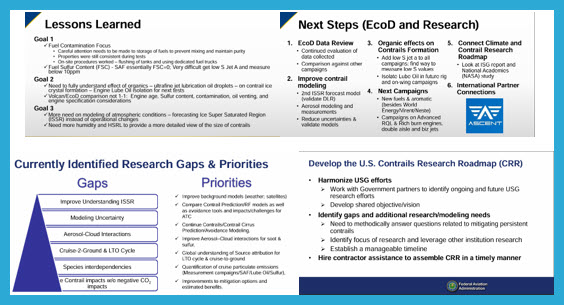
This information, in particular the benefits of biofuel, some operational tactics recommended by IATA, plus the EASA BeCom point to the possibility that CONTRAILs may not pose a threat in the future.
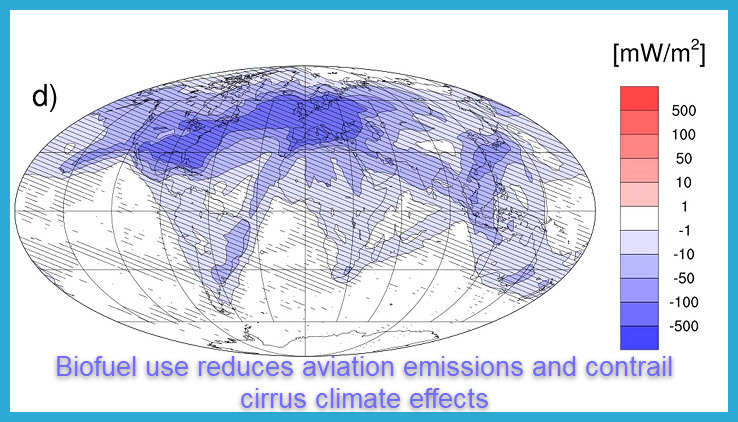
XXXXXXXXXXXXXXXXXX
BeCoM – Better Contrail Mitigation

The goal of the project is to attempt A SIGNIFICANT REDUCTION (>50%) OR ELIMINATION of the global mean contrail radiative forcing.
At the heart of BeCoM stands the enhancement of the physical representation of ice cloud and the treatment of Ice Super Saturated Regions, which improves the prediction of persistent contrails, hence allowing the integration of contrail schemes in the existing policy framework to enable eco-efficient trajectories.
BeCoM’ aims to achieve these objectives through five technical WPs:
WP1: Operational & new measurements & characterisation
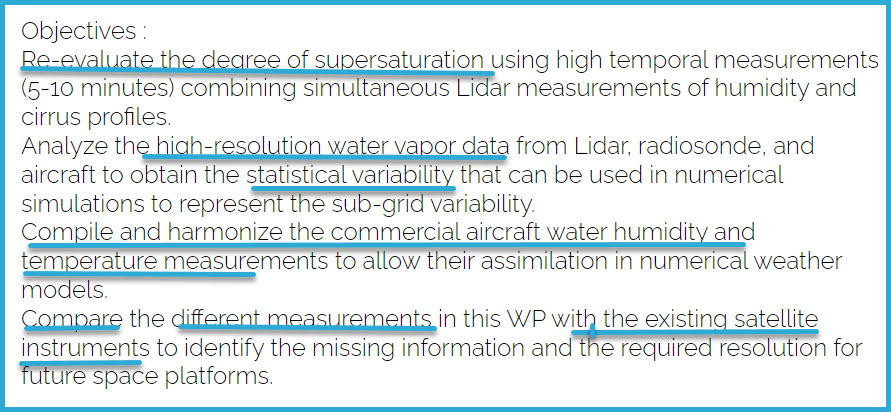
WP2: Cloud Physics & weather models & assimilation
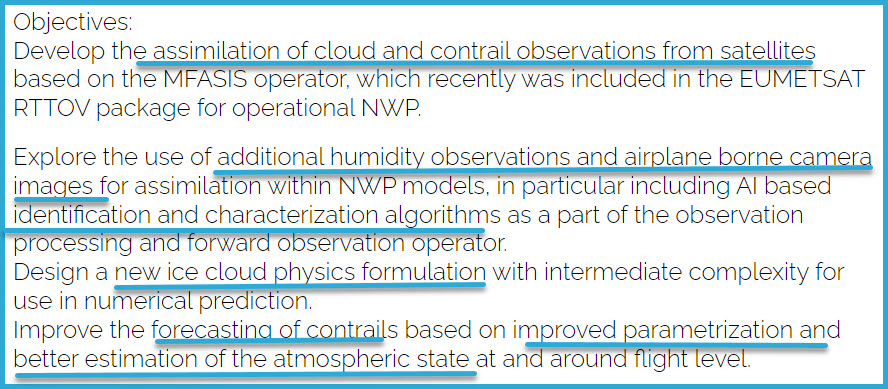
WP3: Evaluation of data and model predictions

WP4: Climate optimized trajectories

WP5: Policy-driven Flight Planning

Research Project details
Contracting Authority
European Commission
Project Leader
TU Delft (see impressive research list)[1]
01/2023 to 04/2026

Consortium members: TU Delft (Leader), Der Deutsche Wetterdienst (DWD), Centre National de la Recherche Scientifique (CNRS), Deutsches Zentrum für Luft und Raumfahrt e.V (DLR), Thales, ENVISA, ECATS International Association
Advisory Board Members: Eurocontrol, UBA, KLM, FEDERAL AVIATION ADMINISTRATION (FAA)
Contact at EASA: research@easa.europa.eu
Related Content
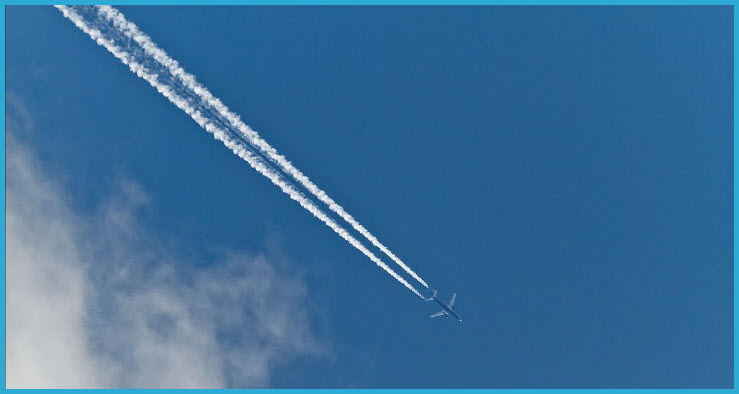
XXXXXXXXXXXXXXXXXXXXX
[1] The Delft University of Technology is the oldest and largest Dutch public technical university, . It specializes in engineering, technology, computing, design, and natural sciences. TU Delft’s RESEARCH ON CONTRAILS– https://repository.tudelft.nl/islandora/object/uuid%3A54fef264-4585-49b4-9ffc-0280d49f9ff5; https://pure.tudelft.nl/ws/portalfiles/portal/151906511/sids22_paper_77.pdf;; https://www.researchgate.net/profile/Xavier-Olive/publication/382143324_OpenSky_Report_2024_Analysis_of_Global_Flight_Contrail_Formation_and_Mitigation_Potential/links/668efecdc1cf0d77ffcbe1eb/OpenSky-Report-2024-Analysis-of-Global-Flight-Contrail-Formation-and-Mitigation-Potential.pdf; https://repository.tudelft.nl/islandora/object/uuid%3A73da2697-edbb-4bb0-872e-67393289045d;; https://www.tudelft.nl/en/2024/lr/minimising-contrails-through-altitude-diversions-of-aircraft; https://www.researchgate.net/publication/382143324_OpenSky_Report_2024_Analysis_of_Global_Flight_Contrail_Formation_and_Mitigation_Potential; https://presentations.copernicus.org/EGU24/EGU24-16759_presentation.pdf.